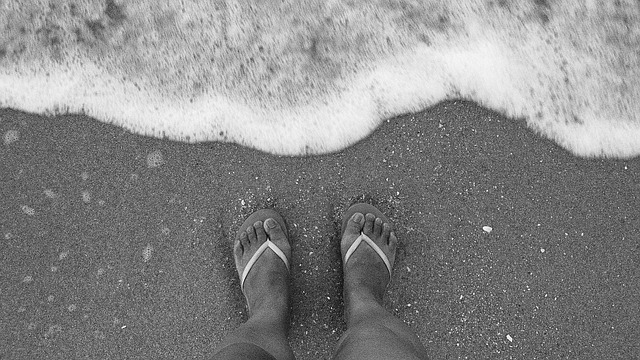A few years ago I was working at Microsoft HQ. The Exchange team introduced the “Out Of Office” feature that notified people who emailed you that you were unavailable for an extended period of time. Initially people used this to let people know when they were on vacation.
“I’m out from 2/15 to 2/22. Mail my manager John if it’s urgent”.
Then people started using it when they were on business trips for a few days. This was before 3G data plans when you had to wait until you got to a hotel to get a WiFi connection.
“I’m in Atlanta. I can only get e-mail in the evenings”
Then people used it if they were at an important strategy meeting for a day and asked to focus on the meeting rather than their laptop.
“At an offsite at . I’ll respond tonight”
Eventually people set an “out of office” if they had a busy afternoon of meetings.
“I’m in back to back meetings. Will respond as soon as I can”
I once had someone’s “Out Of Office” inform me they were at lunch. As the length of time you could be away from your e-mail dropped from a week to a few days, to a day, to an afternoon, to an hour I wondered if I would eventually get an out of office response like this :
“I’m in the bathroom. I’ll return in 2 to 5 minutes”
We have self-created an expectation that we’re always available, supported by adoption of mobile devices, increased volume of information and faster pace of business. If you have to tell someone you can’t respond because you’re in meeting for a few hours, how could you ever find the time to take a vacation?
When I moved from the UK to the US, I was delighted that my pay increased significantly. But less thrilled that my annual vacation dropped from 5 weeks to 2 weeks. According to recent data from Anthology, tech workers rate “more vacation” as the second most important benefit, behind medical. Vacation time is important to workers. It should also be important to businesses. Well rested employees perform better. We learned this during the Industrial Revolution when we reduced the work day to 10 hours then again to 8. HBR wrote a As great article summarizing the latest research and data on overwork. In closing it reminds us :
The story of overwork is literally a story of diminishing returns: keep overworking, and you’ll progressively work more stupidly on tasks that are increasingly meaningless.
Companies have begun to take vacation more seriously. After A Netflix staffer pointed out that “since Netflix didn’t track hours or days worked, why should they track number of vacation days taken?”, Netflix decided to track “what people get done not how many days worked“. In other words, you’re free to take as much vacation was you like as long as your work is getting done. Richard Branson and Virgin have followed suit by having a “vacation non-policy“. LinkedIn have on unlimited time off. Critics argue that this is a smoke and mirrors benefit, because as pointed above, people don’t take vacation.
Some companies acknowledge unlimited vacation policies don’t change vacation usage and are finding ways to encourage employees to take time off. TED.com during the Summer. Career coach Marie Forleo did the same this Summer. Full Contact software in Colorado have a 3 week minimum vacation policy.
These businesses are the enlightened few. As a workforce, this adds up to a problem. We have forgotten how to take vacation.
How do you make sure you’re taking enough vacation?
How do you make sure your team are well rested and performing at their best?
Share in the comments!






I’d say schools got it figured out. Winter break 3 weeks. Nobody works from Thanksgiving to New Years anyways. As well a great time to sum up the year results and discuss the goals.
Spring break 1week. that is a short break after 3 months sprint. and Summer break July-August.
Since it is challenging to take 3+1+8=12 weeks of vacation per year. I would opt in for 2 weeks in winter + 1 week spring break and 3 weeks in summer. total of 6 weeks. Dreams Dreams